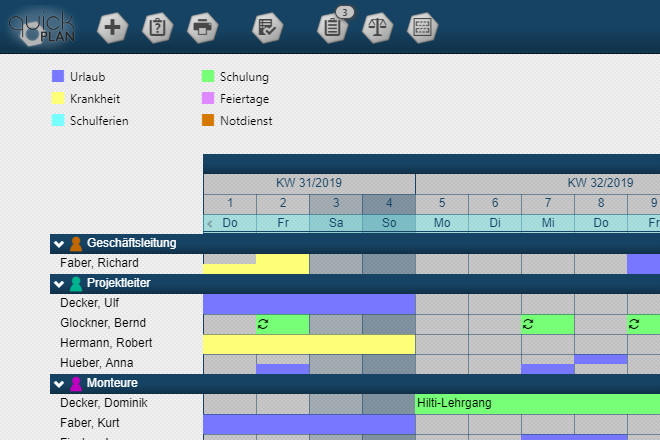

So, with the plan and the crews in place, we were off and flying early on the morning of May 1 st. Image Details For the first time in several years, we observed flooding in the Red River Valley in eastern North Dakota. It would take a large army to conduct the whole survey from the ground in a timely manner and considering many parts of the survey cannot be reached from the ground, this system of calibrating for the differences between the air and ground has served us well to accurately estimate the number of ducks in the area. In other words, the ground crew is considered the “truth” and their numbers correct, as compared to the less-than-perfect observations we can make form the air due to speed and visibility. From this ground-truthing, a visual correction factor is calculated and applied to all of the segments we fly. Obviously, the ground crew can detect more than the air crew because they are going slower and they walk to each wetland and flush birds that may have been hiding in the reeds that the air crew could not see. The numbers and species that they detect on the ground are then compared to the number and species we detect from the air.

It takes them as long to ground check one 18-mile segment as it does for us to fly several hundred miles of transects each day. The ground crew surveys these segments in a very methodical manner and ground truth what we see from the air. A certain number of these segments are also surveyed by ground crews. The transects the aircrew fly are divided into n umerous 18-mile segments.

The ground crew is a critical element of the Waterfowl Breeding Population and Habitat Survey. Dan came in from Albuquerque, New Mexico where he is the Migratory Game Bird Biologist for the USFWS Southwest Region and Tom arrived from Minneapolis, Minnesota from where he is currently transitioning to his position as the Central Flyway Representative. The ground crew, consisting of USFWS biologist Dan Collins and USFWS biologist Tom Cooper, were also in position in Pierre, South Dakota. My aerial observer, USFWS biologist Dave Fronczak arrived in Spearfish, South Dakota from Minneapolis. All we needed was for Mother Nature to cooperate and it would work perfectly, right?! Famous last words!īy April 30 th, everybody was in place and ready to go to begin the survey in the area of South Dakota west of the Missouri River. After many planning calls prior to the survey developing a plan for this, we were ready to go. I now had to manage to get through the survey without any additional downtime for an inspection as well as keep two ground crews progressing simultaneously. That, in and of itself isn’t a big deal, but that was exasperated by numerous logistical challenges that I also do not normally encounter. We were short a pilot this year and that resulted in having to fly some additional transects that I do not normally fly. This year presented many challenges both prior to and during the survey.

The area south of I-90 and near Madison South Dakota appears quite dry. Image Details Southern and southeast South Dakota continue to be dry in 2022, when this picture was taken as part of the Waterfowl Breeding Population and Habitat Survey. However, south of Huron, SD and particularly south of I-90 and east of Mitchell in areas around Madison, SD are still particularly dry. Overall, I would say that the prairie pothole region in the Dakotas is good.
#Survey quickplan full#
On the upside, it was a welcome sight to see full or near full permanent and semi- permanent wetlands across the landscape, particularly north of Huron SD. While the improved wetland conditions are welcomed, many of the seasonal wetlands have been substantially degraded over the past several years of drought and will not add much to the quality of the habitat this year from a waterfowl production standpoint. Some April snow storms, April and May rain, and good snowfall in eastern North Dakota over the winter, all combined to vastly improve looming conditions at the end of March. Overall, the Dakotas look good for waterfowl production, particularly north of Huron, South Dakota. Image Details Wetlands around Chase Lake National Wildlife Refuge are full and the Chase Lake pelican colony looks abundant from the air as part of the Waterfowl Breeding Population and Habitat Survey.


 0 kommentar(er)
0 kommentar(er)
